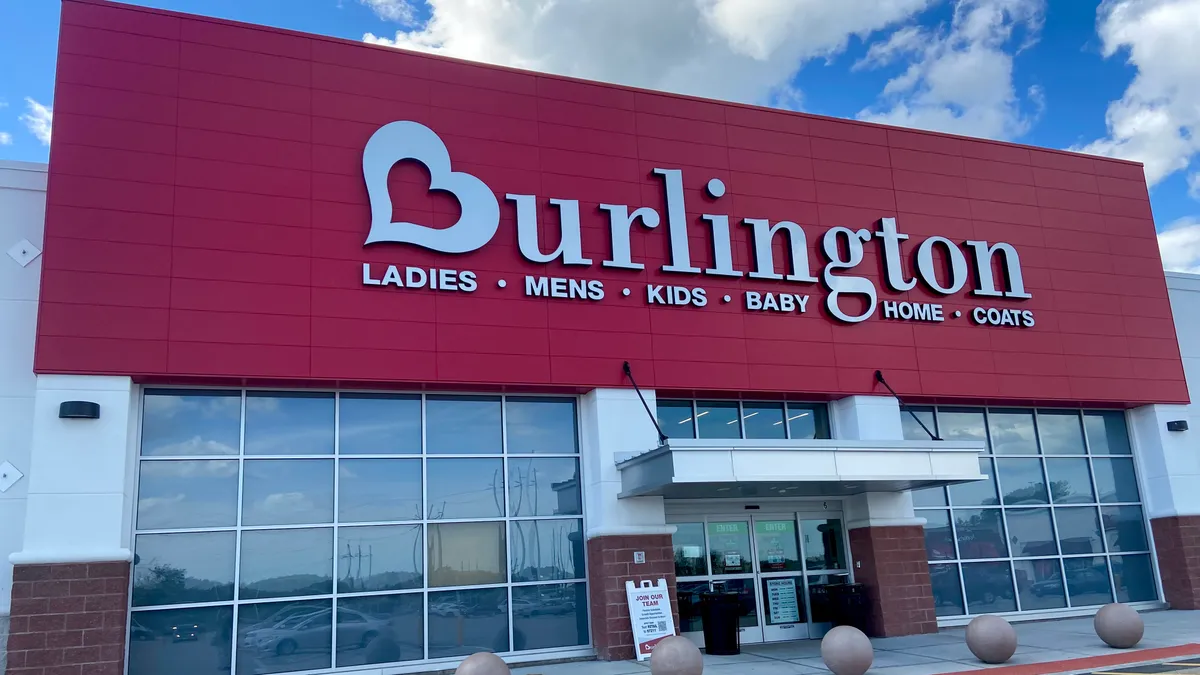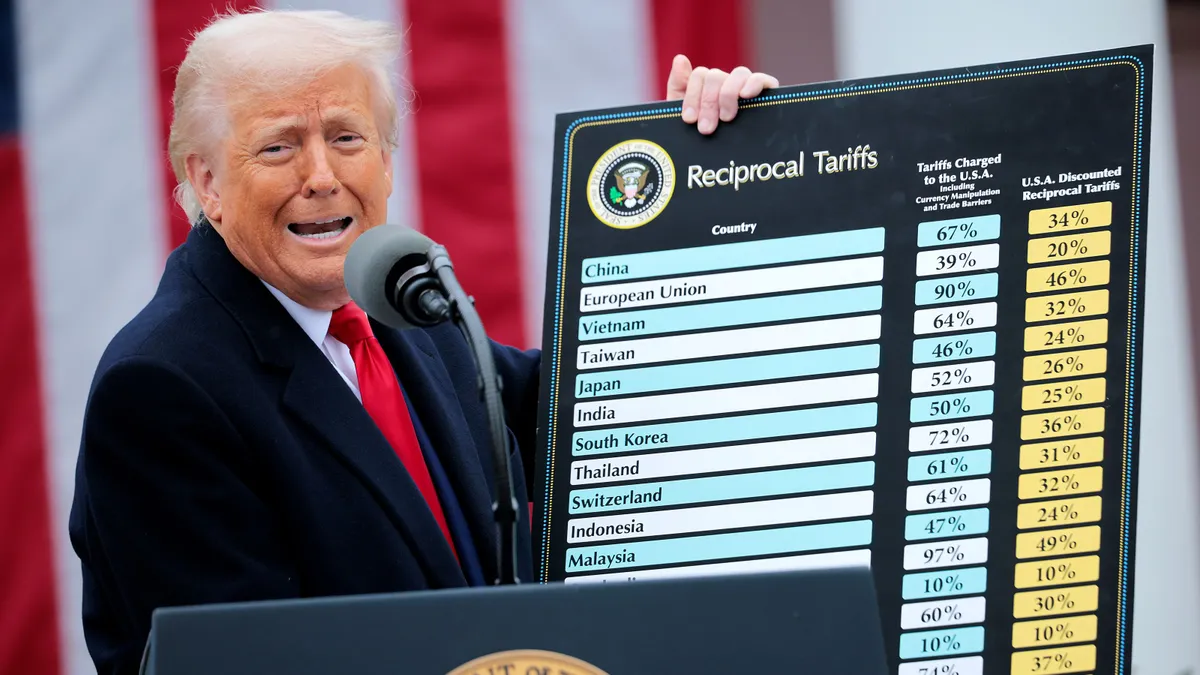Highlights
Major risk event:
Toys R Us' decision to liquidate all stores and inventory.
Strategy:
Demand planning and S&OP to optimize retail channels.
Outlook:
Hasbro is expected to recuperate sales and revenue next year, as the blow from Toys R Us liquidation slowly wears off.
Nine West, Sears, Mattress Firm — the list of retailers that filed for bankruptcy this year is by no means a short one.
Retail bankruptcies can wreak havoc on supply chain partners. In the case of Toys R Us, vendors took significant hits as a major customer filed for bankruptcy under Chapter 11 last year.
"I’m sure [vendors] were rooting for Toys R Us, because it was such a big demand channel for them," Rod Daugherty, vice president of product strategy for Blue Ridge, told Supply Chain Dive.
But as we know, this story doesn’t have a happy ending. After a 2017 holiday season with abysmal sales, Toys R Us’ Chapter 11 hopes fizzled away.
Suppliers faced a test of resilience
As the liquidation drama unfolded, vendors suffered. Suppliers filed court motions, asking for their inventory to be returned and claiming losses of tens of millions of dollars.
The series of events was a major test of resilience for Toys R Us suppliers — and although all suppliers suffered losses, one vendor seemed to rise above the fray.
"Hasbro will continue to deliver strong earnings and cash flows and … sustain relatively stable credit metrics despite the short term challenges of a shifting retail environment," Moody’s Investors Service wrote in an analysis in May.
It’s difficult to know exactly what was occurring behind the scenes at Hasbro that allowed it to remain stable in a shifting environment. The company did not respond to repeated requests for comment from Supply Chain Dive.
Analysts said the toy manufacturer made a concerted effort to look closely at its sales and operations planning and even saw Toys R Us’ bankruptcy filing and liquidation as an opportunity to gain market share.
Hasbro was "able to ascertain when it was time to cut the cord with Toys R Us," Daugherty said.
For careful planning as the toy supplier faced significant risk, Hasbro’s inventory management strategy has received Supply Chain Dive’s award of Resilience Plan of the Year for 2018.
'Specific strategic decisions' around inventory
Through forecasting and S&OP tools, Hasbro had visibility into its product categories “probably clear down to individual SKU level,” Daugherty said. That detailed information allowed Hasbro to decide how, where and when to sell its goods.
"We've made some specific strategic decisions on how we're deploying our inventory around our new initiatives for brands that are selling incredibly well," Hasbro CEO and Chairman Brian Goldner told investors on a call in April.
"I’m sure [vendors] were rooting for Toys R Us, because it was such a big demand channel for them."

Rod Daugherty
Vice President of Product Strategy, Blue Ridge
Hasbro withheld some of its most popular products from Toys R Us to prevent them being liquidated, which would reduce the value of the goods.
Once liquidation takes place, "all of the other major retailers won't want to carry those products, and they won't want to buy new products from Hasbro," Rex Clothier, executive vice president of strategic procurement for Maine Pointe, told Supply Chain Dive.
In order for a retailer to sell inventory that had been liquidated in another store, it would need to sell the products at a lower cost, and therefore a lower margin, Clothier said. Otherwise, the retailer wouldn’t appear competitive and might struggle to get the product off its shelves.
For this reason, liquidated inventory is unappealing to retailers, and something Hasbro needed to avoid.
Making the call early
As any operations or supply chain manager knows, withholding inventory isn’t as simple as letting inventory sit in a warehouse, waiting for the right opportunity to ship it out.
"Once they have a bunch of inventory, they’ve got to sell it," Daugherty said. In some cases, reducing inventory involves going back to manufacturing partners and reworking production schedules upstream.
The timing of adjusting production and the supply chain can be tricky, however. "One of the tough things for all these toy suppliers ... there's such a long lead time to some of those toys," Daugherty said. While he didn’t have exact figures on Hasbro’s product lead times, he estimated them between 90 and 180 days.
To adjust manufacturing plans, suppliers "would have had to make that call six months ahead of the big liquidation news from Toys R Us," Daugherty said. "So that's difficult."
Toys R Us filed for bankruptcy in September 2017 and announced plans to liquidate six months later, in March 2018. Rumors and speculation the retailer would file for bankruptcy, however, were circulating well in advance of its September 2017 filing.
Daugherty said Hasbro kept a close eye on Toys R Us’ financial stability, using that information to inform its inventory management decisions. "One thing Mattel could have done better is if they’d have been somewhat more vigilant or maybe less optimistic about Toys R Us’ chances for survival, they probably would have done a better job of throttling back their own production."
Making lemonade from Toys R Us liquidation lemons
Hasbro was acutely aware of the need to sell its inventory through other channels. "The order of magnitude and the size of channels that Toys R Us represented made this more than just the typical risk profile," Clothier said. "It actually enabled an opportunity at the same time."
As Toys R Us ceased to be a viable channel, retailers were eager to grab a slice of the market share left behind by the toy retailer’s liquidation. Walmart moved forward with plans to expand its toy assortment by 30% in-store and 40% online. Target cleared 250,000 square feet of space in its stores for toy merchandise and related events.
It was in that hunger for market share that Hasbro saw an opportunity — a chance to approach the Toys R Us saga "not just from a risk mitigation standpoint, but a proactive market share accumulation standpoint," Clothier said.
"Hasbro being proactive in bringing those solutions forward made them a very logical first in line choice for some of those major retailers."

Rex Clothier
Executive Vice President of Strategic Procurement, Maine Pointe
As part of optimizing channels, Hasbro deployed inventory to retailers "that have the greatest levels of sell-through so that we can match inventory to demand, even better than we have in the past," Hasbro CEO Goldner told investors in July.
Clothier said Hasbro worked actively with retailers to accelerate the new channels, collaborating on shelf space and marketing promotions. "Hasbro being proactive in bringing those solutions forward made them a very logical first in line choice for some of those major retailers," Clothier said.
Moving forward into the next year, Hasbro plans to continue growing its relationship with retail customers, "to ensure we get to a new higher level of commitment and capability with those retail relationships … setting us up for a new higher level of retail support in 2019," Goldner said on an earnings call in October.
Lessons learned
Hasbro’s journey through Toys R Us’ bankruptcy wasn’t smooth sailing. Revenues were down in the third quarter of 2018, which the company said was a reflection of lost Toys R Us revenues.
"While we believe that some of the lost sales will be made up through other retailers and channels, we still expect sales to be soft in 2018 compared with previous expectations for single digit growth," Moody’s wrote.
In addition, USA Today reported in October the company was planning job cuts for up to 500 workers.
But strong, established planning and forecasting processes set Hasbro up to be resilient in the event of a major risk event.
Clothier said the brand looked at inventory and S&OP as a core part of its business. "That's something we observe in more mature supply chains," he said. "I’m going to suspect they had some pretty mature processes already in house to be able to react and move as smoothly as they did on an accelerated basis. That in itself is a competitive weapon."
Read More
-
Toys R Us liquidation is a test of supplier resilience
By Kate Patrick • March 20, 2018 -
Court approves Toys R Us liquidation despite supplier complaints
By Shefali Kapadia • March 26, 2018























